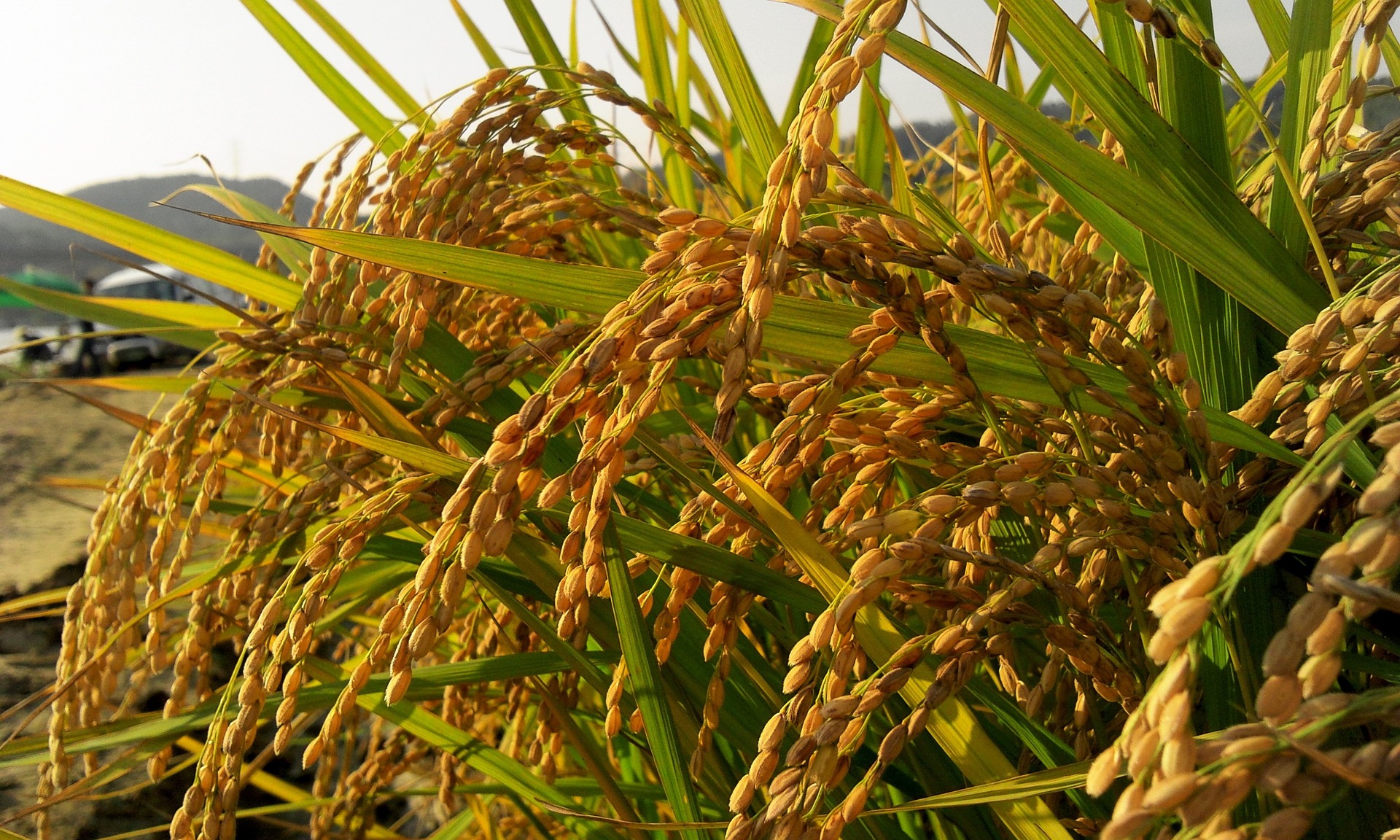Climate Change Is Making It Harder to Grow Rice
Malaysian farmers are watching changing weather patterns threaten their staple crops, and switching to other crops might be the only answer.
Author: Sawsan Morrar | Published: October 11, 2017
When Abdulhamid bin Saad, 68, reminisced over the 50 years he’s worked the rice paddies, he had no problem remembering what farming was like before using the new technologies available today. But Saad could not explain why the weather feels warmer these days, or why rainfall seems to occur less frequently. “I’m just a farmer,” he told me.
Saad might not fully grasp why the changes are occurring, but the new generation of farmers in Malaysia are already experiencing what rising temperatures does to their paddy fields. Shafrizal bin Abdulhamid, Saad’s son, said that while this year’s rain came surprisingly early, the stresses over climate change are mounting, threatening their crop and their livelihoods.
These shifts in weather patterns are spurring what once had seemed unimaginable: A reconsideration of rice as the central food in Malaysia’s diet. While domestic consumption is about 2.8 million tons this year, the average local rice yield was 30 to 50 percent lower than its potential, according to Malaysian research. Local researchers are now looking towards more climate-adaptive foods, imagining a way to move forward with climate change in mind.
And it’s poised to become worse. The world is expected to warm by an additional three degrees Celsius by 2050. While a warmer climate may affect rain and irrigation, other changes are not as apparent. As temperature rises and carbon dioxide levels are elevated, the nutritional content in crops begins to decrease due to the changes. This means less food, and less profit for farmers.
Saad’s paddy fields are conveniently located next to the largest irrigation channel in Malaysia, Wan Mat Saman, allowing him access to fresh water. Many farmers in the area, though, are not so fortunate. According to the International Rice Research Institute (IRRI), approximately 35 percent of Malaysian rice is solely grown with rainwater, leaving farmers even more vulnerable to changing weather patterns.
“It’s difficult to prepare for harvest when you cannot rely on rainwater, and you don’t know its schedule,” Abdulhamid said.
Abdulhamid’s family eats rice three times a day. When I visited in March, they gathered at lunch to enjoy a meal of chicken legs, yams, and white rice under a sheltered patio that overlooks acres of their paddy field. Beyond their field are other paddy fields as far as the eye can see. The patchwork of crops stretches to Alor Setar, the capital of Kedah, only minutes away by motorcycle, a common form of transportation in the state.

